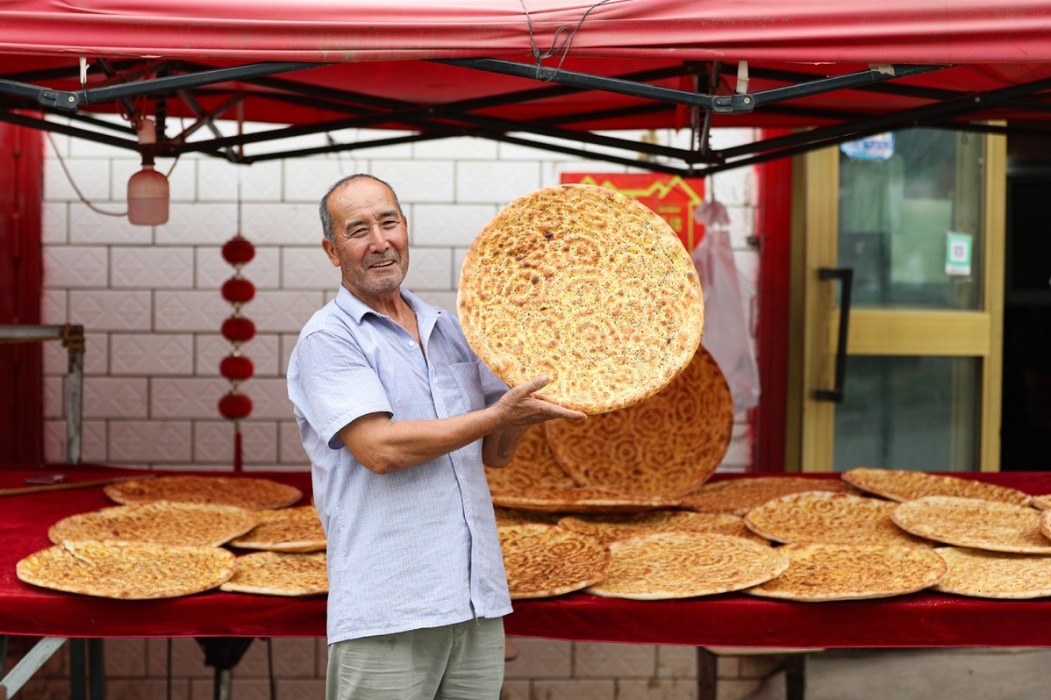Research opens up stem-cell potential


Shanghai scientists have made new discoveries about the development of cells in early embryos, paving the way for more efficient methods to obtain stem cells for certain human organs. This may in turn promote the development of stem cell-related regenerative medicine.
Stem cell-related therapies, including for diseases in the immune and nervous systems for which no drugs are available, offer prospective medical breakthroughs in the next one or two decades.
However, several factors, including little cell differentiation, a shortage of functional cells, as well as the immaturity and low purity of cells, hinder the technique's application. The unsolved mysteries surrounding stem cells in the early stages of life may be the root cause, experts said.
Stem cells in embryos can develop into an array of different cells, so their use may lead to new regenerative techniques.
The research - conducted by a group of scientists from the Shanghai Institute of Biochemistry and Cell Biology, CAS-MPG Partner Institute for Computational Biology and Guangzhou Institutes of Biomedicine and Health, all part of Chinese Academy of Sciences - established a molecular map for genes in mouse embryos, enabling the tracking of cell "ancestors" in different locations.
"We revealed the fine developmental trajectory of progenitor cells that have not been observed by a traditional approach," said Jing Naihe, a leading researcher on the team. For example, some cells previously believed to have derived separately may have common progenitors, Jing said.
A paper about the study was published on the website of the UK-based journal Nature on Thursday.
Such findings are a major revision and supplement to the theory of classical developmental biology established since the late 1980s, according to the institute.
"The findings may help scientists develop new methods to obtain stem cells for the liver, pancreas and spinal cord, and contribute to related disease research and stem cell-related regenerative medicine," he said.
Hui Lijian, a researcher with the Shanghai Institute of Biochemistry and Cell Biology, said that the research may also shed light on the study and understanding of the development of some diseases in adulthood.





































